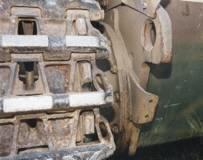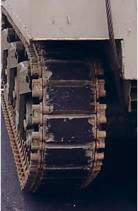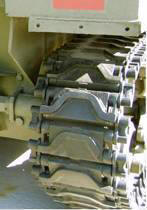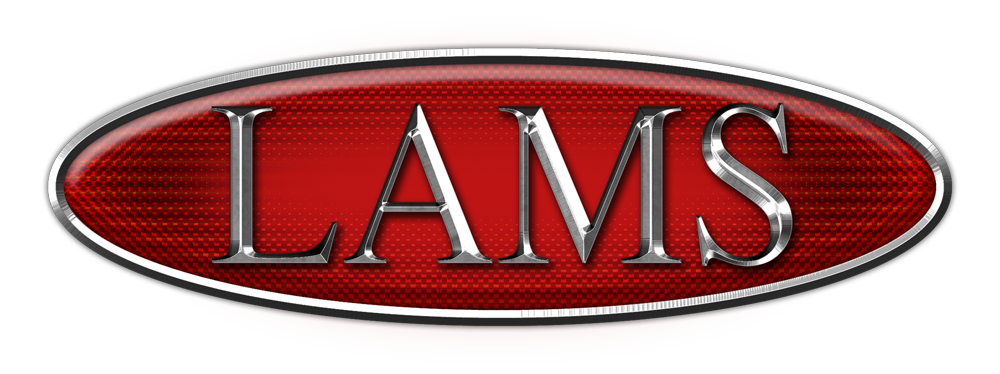Volume I
By T.P. Schweider, MSGT. USMC, retired.
The purpose of this column will be to give you some idea of operating a Tank based on 14 years experience in every billet in a Tank Co. from loader to 1st Sgt., in locales at Camp Pendleton & 29 Palms, Ca; Ft Hood, TX, Ft Knox, KY; & Camp LeJune, N.C.
Rust
Every year, it seems, some Modeling Magazine will run an article on how to “rust” Tank tracks. Profusely illustrated with excellent photo’s & detailed instructions of various techniques, the results are quite impressive. There is only one problem – Rust is Relative!
The amount of rust on an actual Tank depends on a number of variables: Locale, Climate & Activity, the last being the most important factor. An inactive AFV will most assuredly have heavily rusted track. However, if a Tank has been on the move – No Rust! Earth acts as an abrasive, and cross-country movement, will, in essence, grinds the rust off the track. Traveling through the wet terrain will result in a form of wet sanding, and traveling on sand will actually polish the metal.
Now, I’m not saying don’t rust. But you should consider the situation you wish to display your finished model in.
In conclusion, if you want your Panzer Mk III to represent a Tank of the 15th PzDiv. Hard charging across the North African Desert in 1942, forget the rust. The track is literally getting sandblasted. That’s all for this first installment of Turret Talk.
T.P.

Panzer III Track (example of steel track)


(example of steel and rubber track)
